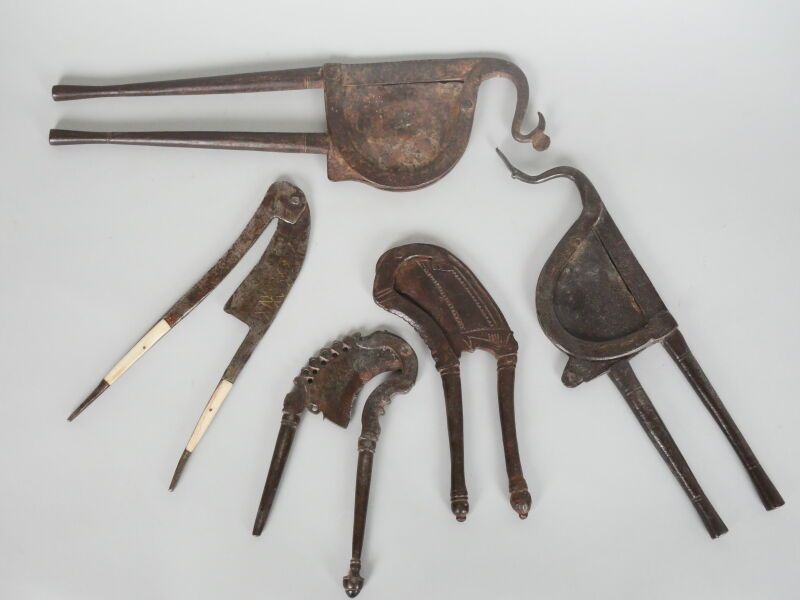Description
INDONESIA and BURMA Set of five betel scissors. L. 12.5 cm to 26 cm Consultant : Jean-Pierre LACOSTE 06 61 43 63 46 - [email protected]
252
INDONESIA and BURMA Set of five betel scissors. L. 12.5 cm to 26 cm Consultant : Jean-Pierre LACOSTE 06 61 43 63 46 - [email protected]
You may also like
